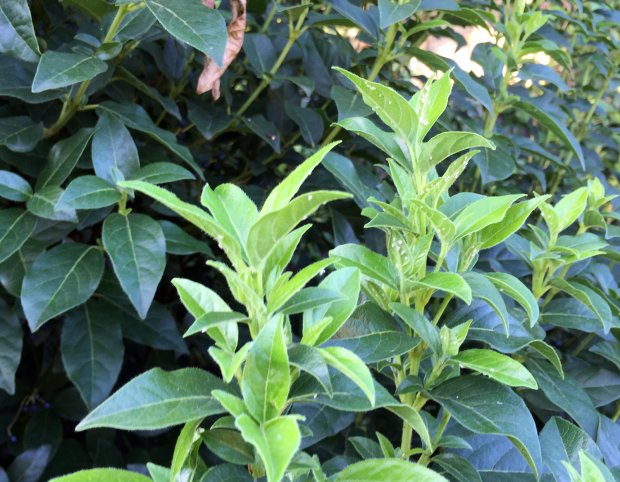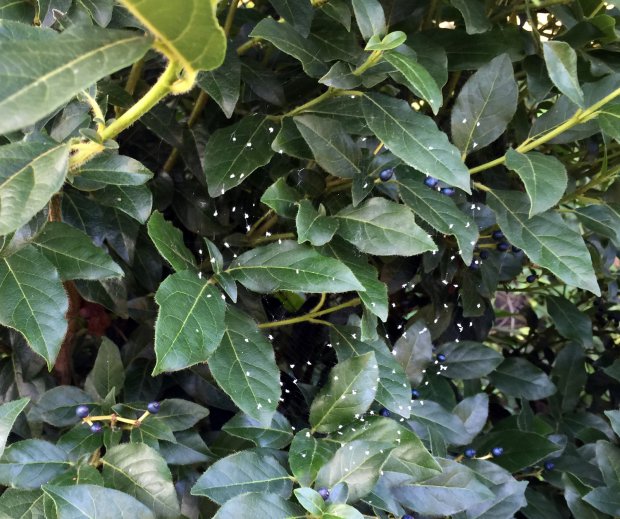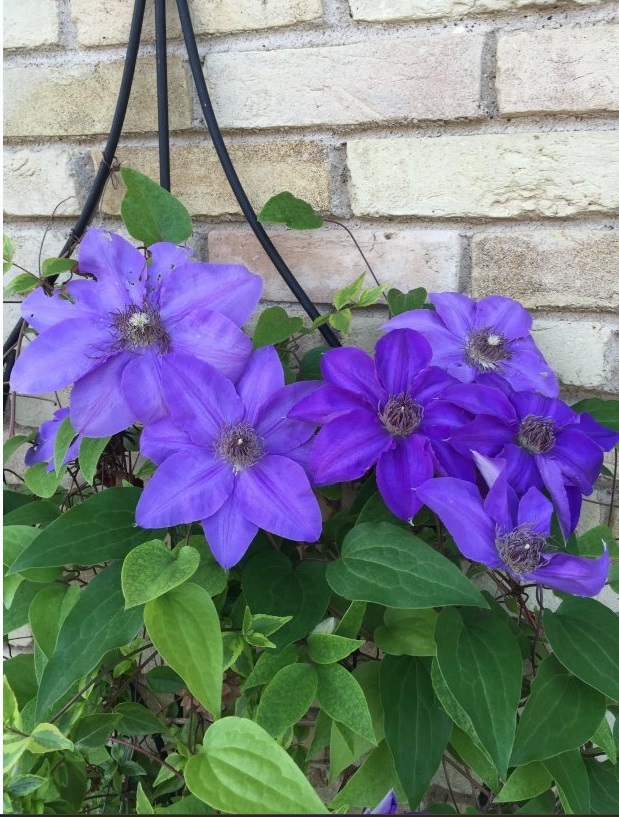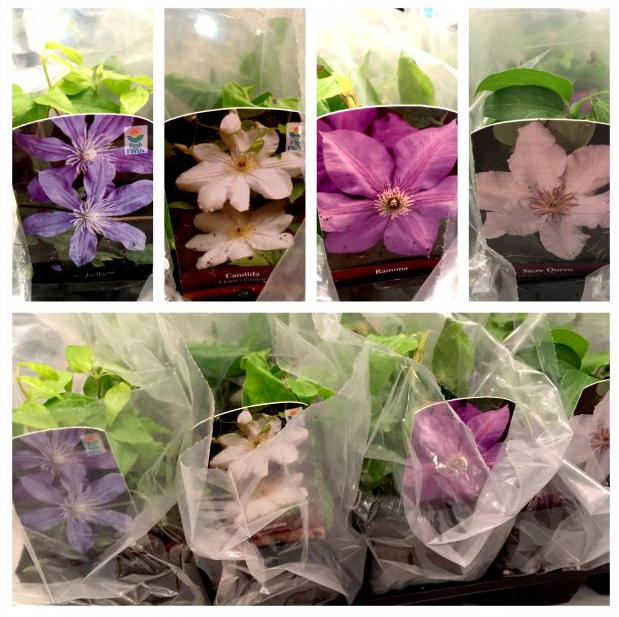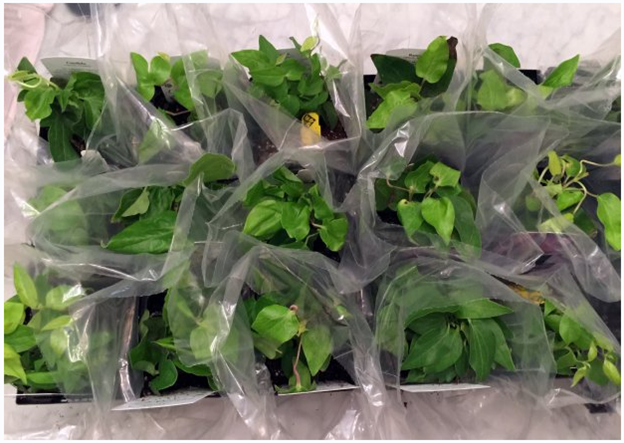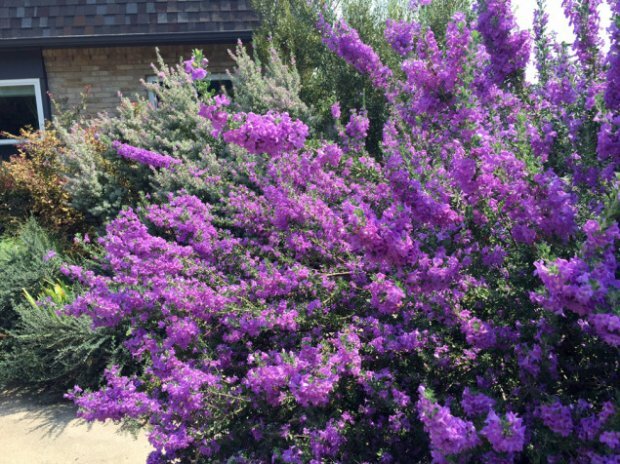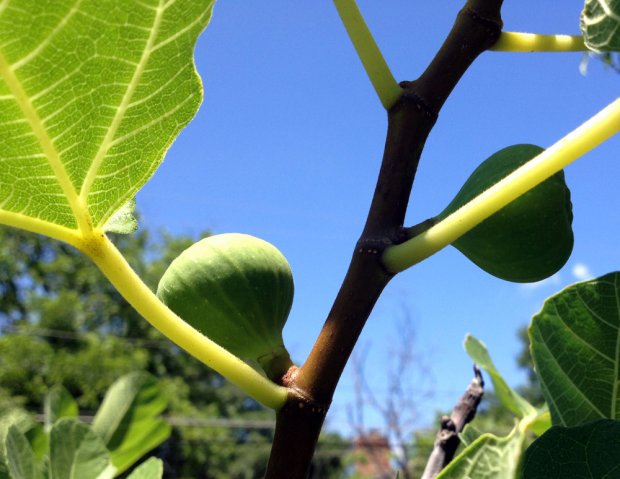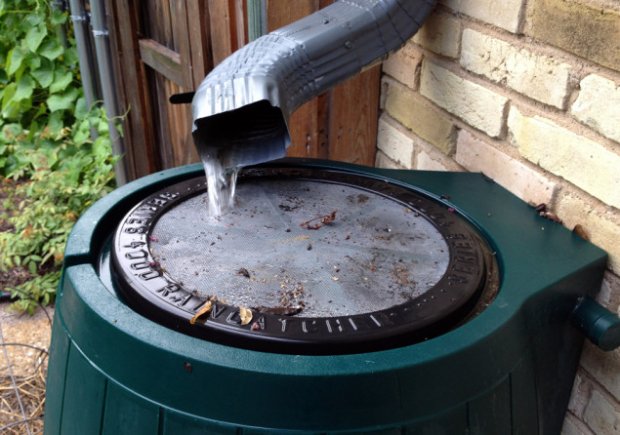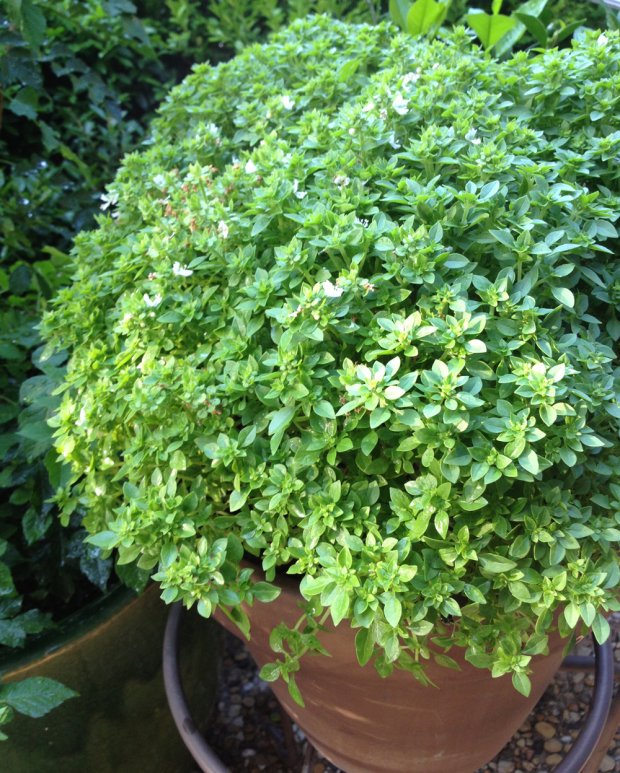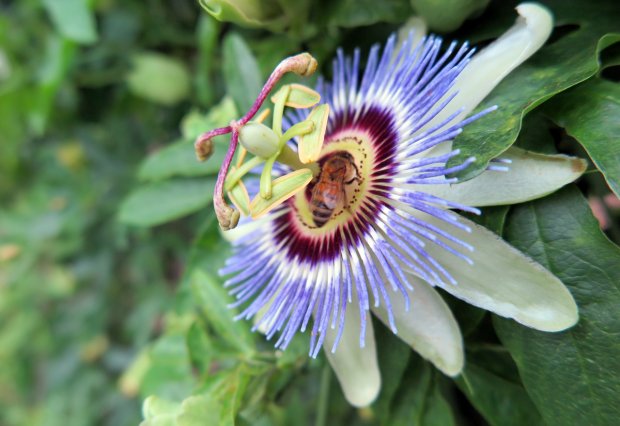These Environmental Conditions Boost Texas Sage Blooms
UPDATED 2024
When rainfall and humidity show up, so does a bounty of purple. You may have noticed a bevy of Texas sage blooms around town for off and on a few times this summer, in conjunction with some unexpected summer rains.
What makes Texas Sage bloom?
Texas sage respond to a few different environmental stimuli that tell them it’s a good time to flower. High humidity or sudden soil moisture before and after rainfall will push plants to bloom. Changes in barometric pressure will also trigger blooms. Texas sage plants are sometimes called “barometer bush” due to this effect. You may have plants burst in to bloom after a bout of high humidity, such as before rain arrives, or bloom after a rain due to increased soil moisture.
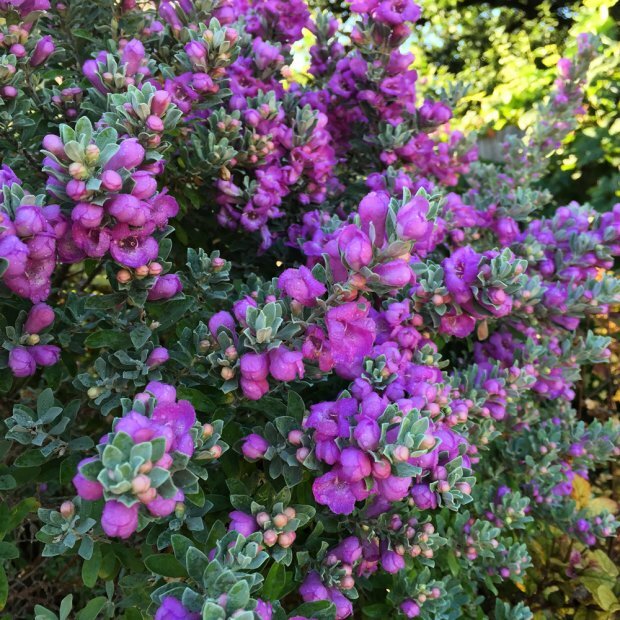
Texas sage 'Silverado'
PC: Leslie F. Halleck
How to Grow Texas Sage
Texas sage are one of the prettiest and toughest of Texas native shrubs. They are adapted to dry hot climates, which is exactly why they only bloom in response to increased humidity/moisture. That's when the plant has the best opportunity to have flowers survive and be successfully pollinated in order to reproduce.
Plants are mostly evergreen and produce stunning silver foliage that perfectly complements the lavender to purple blooms. There are a number of varieties to choose from, most growing to an average of 5-feet tall and wide. If you need something smaller, keep your eyes peeled for dwarf varieties such as ‘Thunder Cloud’. If you want something a bit more expansive and impressive seek out ‘Rio Bravo’. It grows 5 to 6-feet tall and wide and is a heavy bloomer.
Texas Sage thrives in full sun and well-drained alkaline soil. They will tolerate a bit of shade, but too much shade will result in leggy plants that don’t bloom heavily. Supplemental water in summer will help plants grow faster and bloom more, but over-watering or poor drainage will kill Texas sage quickly.
Crimes Against Horticulture: Pruning Texas Sage
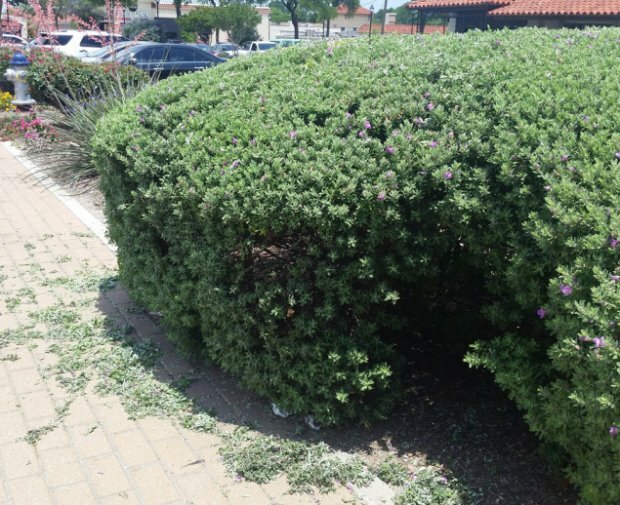
A Crime Against Horticulture
PC: Leslie F. Halleck
In case you didn't know, Texas sage are NOT meant to be hedge plants! Do not plant Texas sage if you want square boxes. Plant them if you want the blooms and do not shear them! Ultimately, these plants are being butchered (at the shopping center down the street from my house) because they are too big for the area in which they were planted. That's just poor landscape design planning. Don’t plant shrubs that are too large for the space and you won’t have to butcher them.
1. Continual shearing of Texas sage will weaken them…and kill them.
2. You lose all the blooms when you shear them (so why plant them in the first place?)
3. They look terrible. Just, terrible.
So pretty please, put the hedge shears away and let these beauties do their thing. Plant them where there is enough space for them to stretch their legs with at least a 5'x5' or more clearance.
As we head into fall, it’s a great time to start refreshing the landscape and adding new shrubs and trees such as Texas sage.
When it comes to certain shrubs, natural is the way to go. Texas sage is one such shrub. One of the worse horticultural offenses committed here in Dallas is the constant shearing of Texas sage shrubs into what I can only describe are large caterpillars…or balls. WHY? Please don’t.
